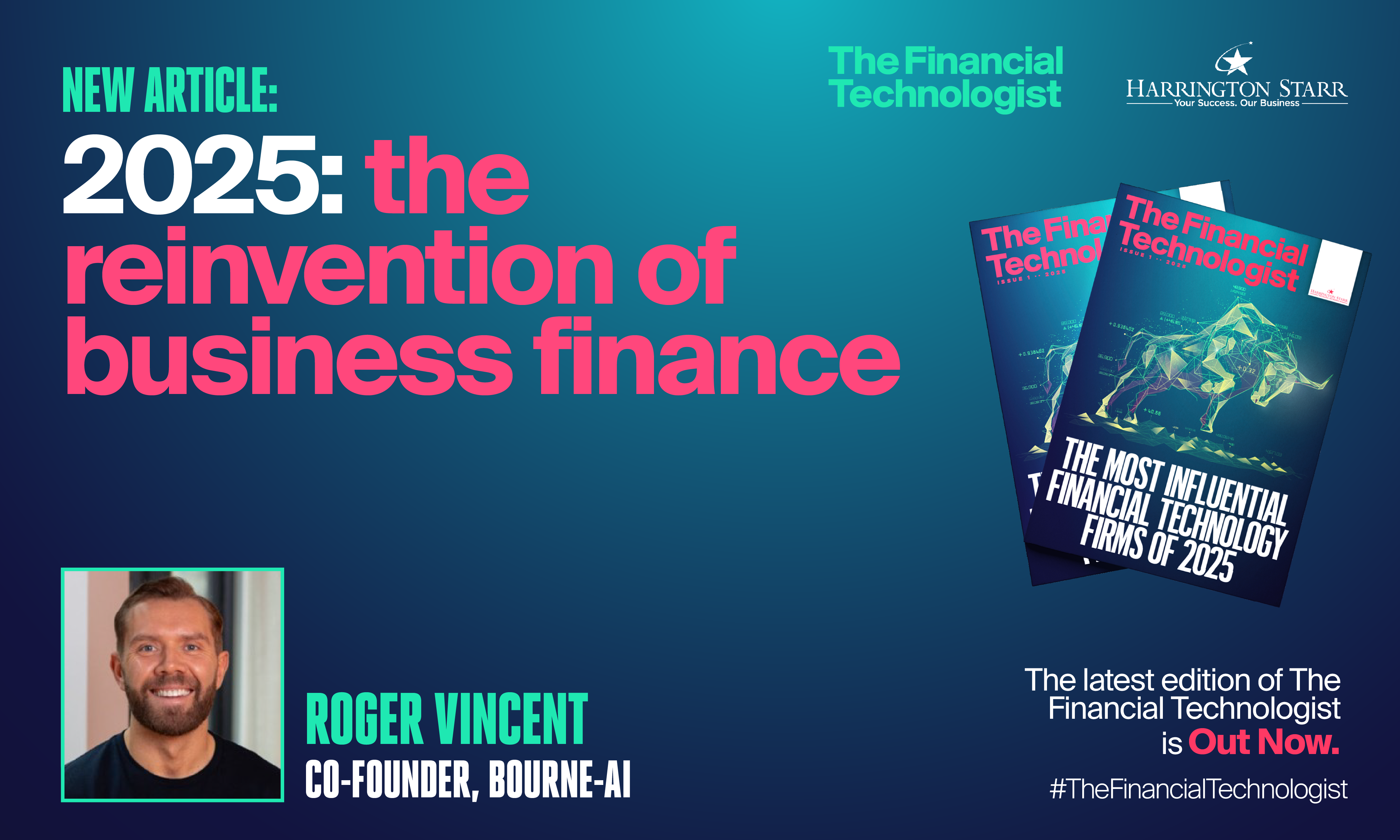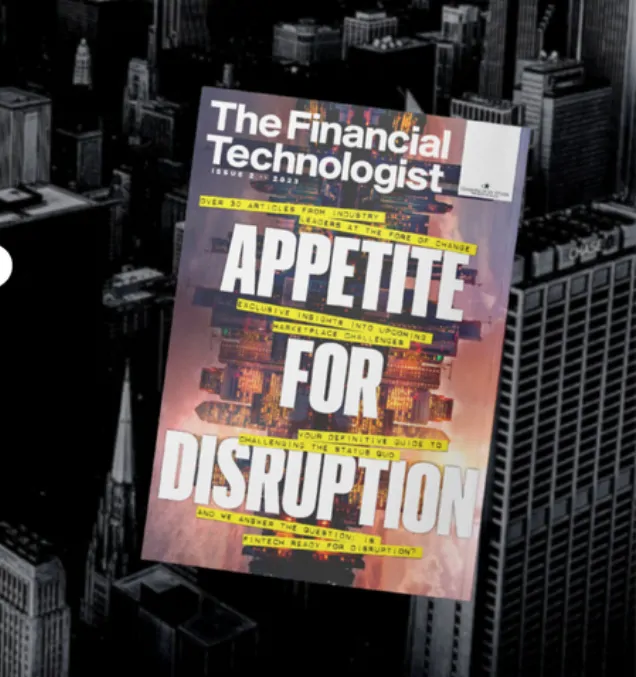Download your free copy of the latest Financial Technologist magazine here.
Why the Future of Funding Must Be Connected, Embedded and Built for Growth
As 2025 begins, businesses are facing a cash flow crisis. Rising interest rates, economic uncertainty, and tighter lending conditions have made it harder than ever for companies to access working capital. Traditional funding options—such as bank overdrafts, invoice finance and business loans—have failed to keep pace with the realities of modern business, leaving many companies struggling to manage liquidity.
This lack of flexible, real-time funding is holding businesses back from growth. With long payment cycles and increasing operational costs, companies need a better way to access working capital—one that is responsive, connected, and built for today’s highly connected digital economy.
The End of the Business Overdraft?
For nearly 300 years, the business overdraft was a go-to solution for managing short-term cash flow. It offered immediate access to credit, helping businesses bridge gaps between outgoing expenses and incoming payments. But in recent years, banks have cut back overdraft availability, limiting access and increasing costs. Many businesses, especially SMEs, can no longer rely on overdrafts as a safety net.
At the same time, alternative funding solutions remain fragmented, costly and often inefficient. Specialist products like invoice finance, while useful, often involve long approval times, rigid contract structures, and complex reconciliation processes that distract from revenue-generating activities. Other working capital solutions rely on manual data submissions and outdated risk models, failing to provide businesses with the real-time flexibility they need alongside their normal banking and operating systems.
Why Business Finance Needs Reinventing
The way businesses operate has changed. Sales, receivables, and cash flow now move in real-time, yet funding remains slow, disconnected, and reactive. Many businesses are forced to manually reconcile transactions, submit paperwork for financing, and navigate multiple platforms just to manage their working capital.
In today’s digital-first economy, funding solutions should be connected directly to business operations, automatically adjusting to cash flow needs, sales volume, and risk in real time. The gap between finance and business activity needs to close, giving companies instant access to working capital when they need it most.
The Future: A Connected, Real-Time Solution
The next generation of business finance will be intelligent, automated, and fully integrated into day-to-day operations. Instead of relying on fixed credit limits and manual processes, funding will be driven by live data from banking, accounting, and other key systems.
This shift will allow businesses to:
- Access liquidity instantly, without waiting days or weeks for approval.
- Automatically enable reconciliation, eliminating the administrative burden of managing transactions and funding.
- Scale credit dynamically, ensuring businesses have the right level of funding when they need it.
- Embedded into non-financial platforms where the business is operating.
In a year where economic caution is still necessary, businesses that embrace smarter, connected financial solutions will be in the strongest position to grow, invest, and innovate.
The business overdraft is experiencing its ‘Blockbuster’ moment—but a better, real-time alternative will emerge. Those who adapt will lead the way into a more agile, opportunity-driven future.
Introducing the Flexible Trade Account
Founded in 2024, Bourn is a fintech pioneer addressing the cash flow challenges faced by UK SMEs. Our Flexible Trade Account reinvents business overdrafts with AI-driven risk assessment, Open Banking integration, and seamless SME financing. Partnering with banks, lenders and common business operating platforms, Bourn offers an embedded, white-label solution to help financial institutions grow portfolios, mitigate risk, and optimise returns—while giving SMEs cost-effective access to working capital at the point of need.
By Roger Vincent, Co-Founder of Bourn
Download your free copy of the latest Financial Technologist magazine here.








